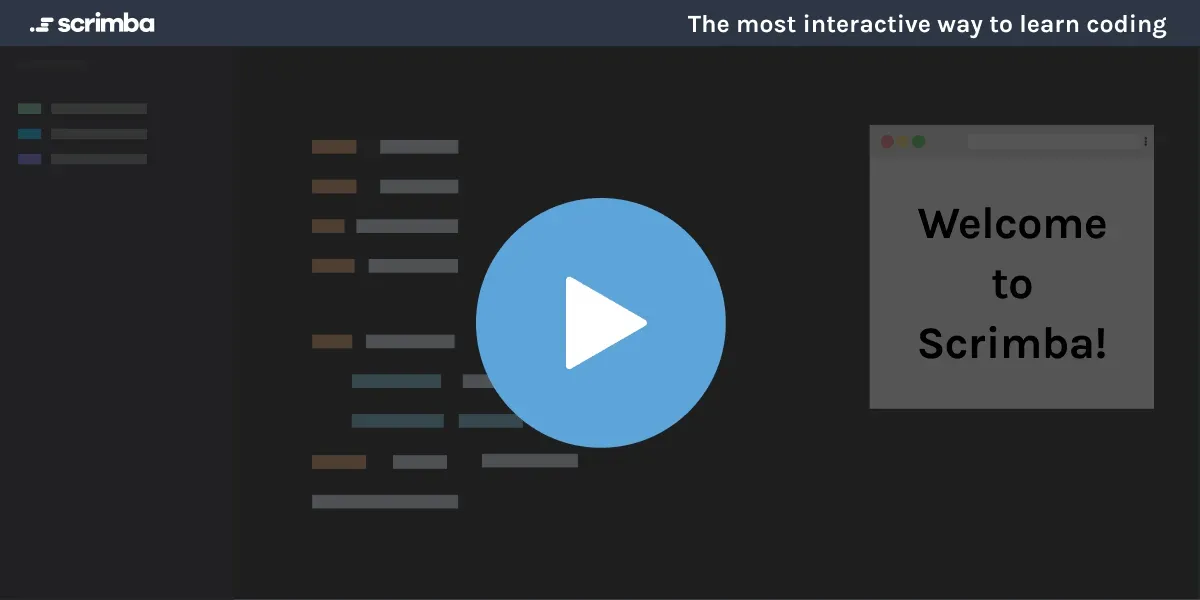
Learn D3 for free

This comprehensive D3 tutorial provides a fast introduction to the key concepts of D3.js, such as selections, data, axes, scales, bar charts, pie charts, SVG elements, and more. Learn how to create powerful data visualizations for the web for free.▼
Course Feature
![]() Cost:
Cost:
Free
![]() Provider:
Provider:
Scrimba
![]() Certificate:
Certificate:
No Information
![]() Language:
Language:
English
![]() Start Date:
Start Date:
On-Demand
Course Overview
❗The content presented here is sourced directly from Scrimba platform. For comprehensive course details, including enrollment information, simply click on the 'Go to class' link on our website.
Updated in [March 06th, 2023]
This course provides an introduction to the powerful data visualization library D3.js. Students will learn the fundamentals of D3, including selections, data, axes, scales, bar charts, pie charts, SVG elements, and more. Through hands-on activities, students will gain experience in loading data, joining data, manipulating attributes, creating axes, scales, elements, labels, paths, and creating bar, pie, and line charts. By the end of the course, students will have a solid understanding of the fundamentals of D3.js and be able to create powerful data visualizations for the web.
[Applications]
After completing this course, learners can apply their knowledge of D3 to create powerful data visualizations for the web. Learners can use D3 to create selections and manipulate data, load data, join data, set attributes, create axes, scales, elements, labels, paths, SVG elements, bar charts, pie charts, and line charts.
[Career Paths]
1. Data Visualization Developer: Data Visualization Developers use D3.js to create interactive visualizations for websites and applications. They are responsible for designing, developing, and testing visualizations that are both visually appealing and informative. As data becomes increasingly important in decision-making, the demand for Data Visualization Developers is expected to grow.
2. Data Scientist: Data Scientists use D3.js to analyze and interpret data. They are responsible for extracting insights from data and presenting them in a meaningful way. Data Scientists must have a strong understanding of D3.js and be able to use it to create visualizations that are both accurate and informative.
3. Web Developer: Web Developers use D3.js to create interactive web applications. They are responsible for designing, developing, and testing web applications that are both visually appealing and functional. As web applications become increasingly complex, the demand for Web Developers with a strong understanding of D3.js is expected to grow.
4. UX/UI Designer: UX/UI Designers use D3.js to create user-friendly interfaces. They are responsible for designing, developing, and testing interfaces that are both visually appealing and intuitive. As user experience becomes increasingly important in web design, the demand for UX/UI Designers with a strong understanding of D3.js is expected to grow.
[Education Paths]
1. Bachelor of Science in Computer Science: This degree path focuses on the fundamentals of computer science, such as programming, algorithms, data structures, and software engineering. It also covers topics such as artificial intelligence, machine learning, and data visualization. As the demand for data-driven decision making increases, the need for computer science graduates with expertise in data visualization is growing.
2. Master of Science in Data Science: This degree path focuses on the application of data science techniques to solve real-world problems. It covers topics such as data mining, machine learning, and data visualization. It also covers topics such as natural language processing, predictive analytics, and big data. As the demand for data-driven decision making increases, the need for data science graduates with expertise in data visualization is growing.
3. Master of Science in Business Analytics: This degree path focuses on the application of data science techniques to business problems. It covers topics such as data mining, machine learning, and data visualization. It also covers topics such as predictive analytics, optimization, and big data. As the demand for data-driven decision making increases, the need for business analytics graduates with expertise in data visualization is growing.
4. Master of Science in Information Technology: This degree path focuses on the application of information technology to solve real-world problems. It covers topics such as software engineering, web development, and data visualization. It also covers topics such as artificial intelligence, machine learning, and big data. As the demand for data-driven decision making increases, the need for information technology graduates with expertise in data visualization is growing.
Course Provider





